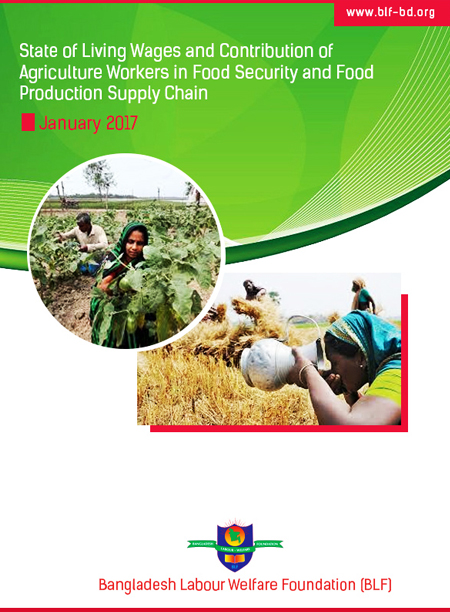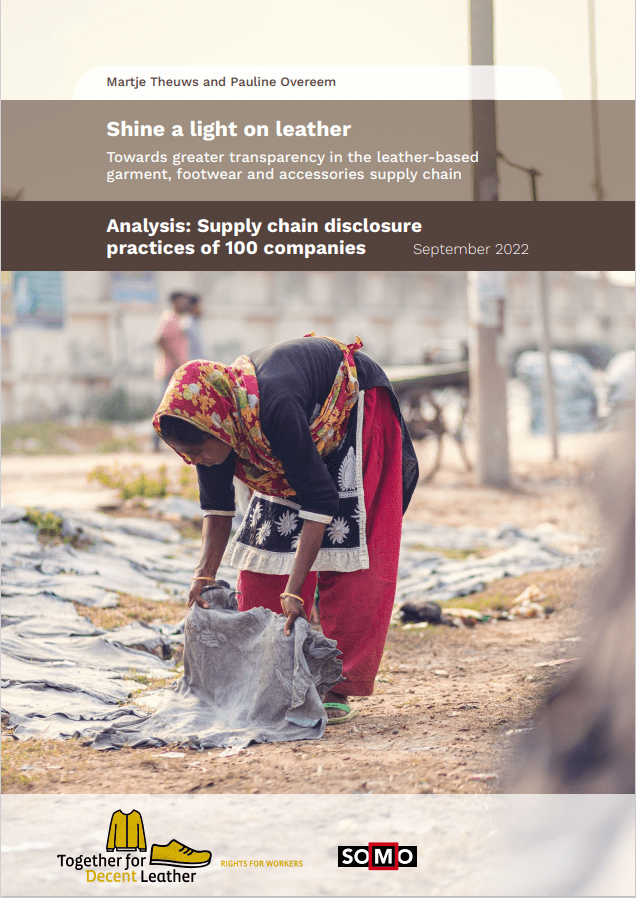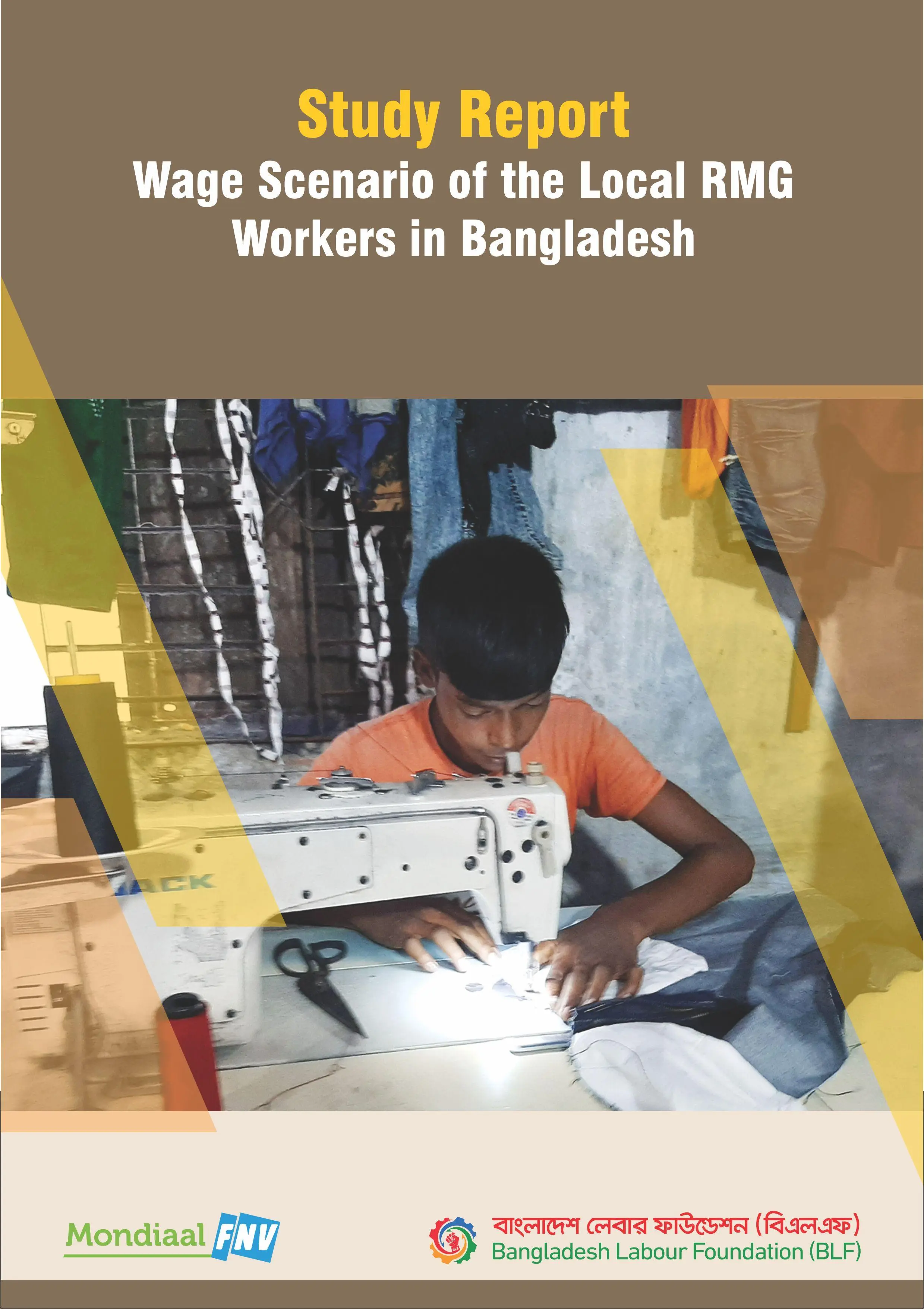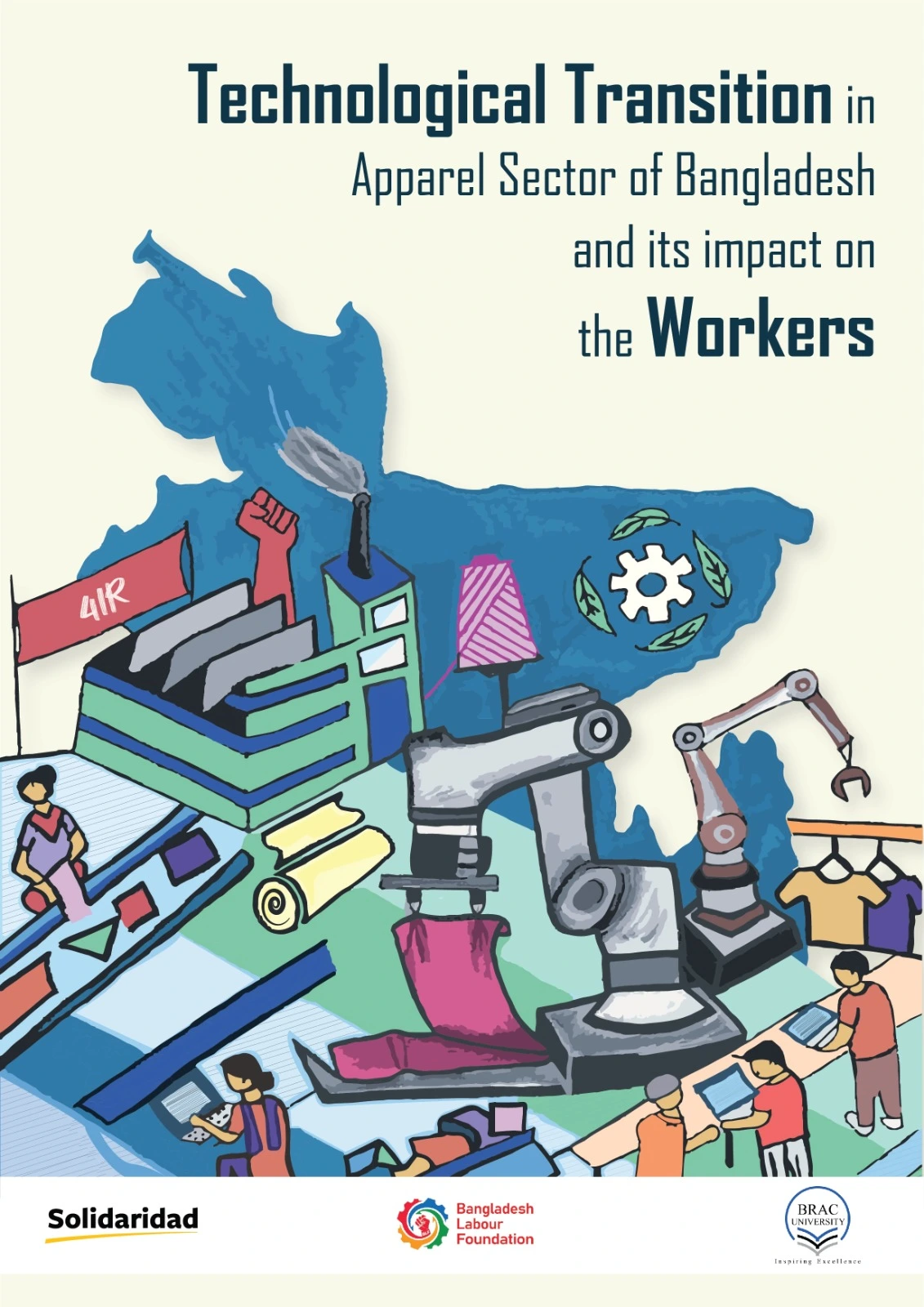Research & Study
Baseline Study on child labour in Keraniganj Apparel Hub
May, 2018
This study titled “Child Labour in Keraniganj Apparel Hub” has been prepared incorporating the findings of the “Baseline Study on Child Labour in Keranigonj Apparel Hub” conducted in 2015. The Bangladesh Labour Foundation (BLF) and Capacity Building Service Group (CBSG) conducted the Baseline Study, which was commissioned by Friedrich-Ebert-Stiftung (FES). To update the knowledge on the prevalence and nature of child labour in Keranigonj Apparel Hub and assess the progress of the different initiatives taken during the period 2015 to 2017 to eliminate child labour in Bangladesh, the Bangladesh Labour Foundation and a research team headed by A M Rasheduzzaman Khan conducted this study into Keranigonj Apparel Hub.
Key Words: Keraniganj, LRMG, Oparetor, Child Labour.
Background
Keraniganj is a sub–district of Dhaka district, located in the southwest of Dhaka city, on the bank of the river Buriganga. Most of the apparel (70 per cent) for the domestic market in Bangladesh is produced in this area. To generate information and evidence on the current situation of child labour in Keraniganj Apparel Hub as well as assess the progress of the different initiatives taken to eliminate child labour in the country, Bangladesh Labour Foundation and a study team headed by A M Rasheduzzaman Khan conducted this situation analysis study on child labour in Keraniganj. This study paves the way for designing better plans and activities for improving the labour standards of workers in general and working children in particular.
Objectives
- Identify the current status of the child workers (including living standards, wages and other issues as needed in Keraniganj Apparel Hub.
- Assess the progress of initiatives to eliminate child labour in Bangladesh.
- To identify policies aimed at eliminating child labour and gaps in them.
Key Findings
- There are 120,000 child workers (about 51 per cent of total workers) engaged in Keraniganj Apparel Hub. They work based on verbal contracts.
- a large number of child labourers are from the southern parts of Bangladesh and work as an operator.
- a child labourer has to work 13 hours, on an average, ranging from 10 to 16 hours a day with one day a week off on Friday. During the peak season, they must work from 12 to 18 hours a day.
- one out of 10 working children experience abuse at their workplaces. Physical torture is also in practice. Generally, children lodge complaints with the immediate supervisors or management authorities at the workplace.
Recommendations
- Facilitate organizing the interest groups or effective labour organizations (trade unions) to protect child labour.
- Advocate to recognize Keranigonj Apparel Hub as being part of the industry and bring it under the regulatory platform.
- Influence the public monitoring measures and regulatory framework for proper implementation of government labour policies and the child labour plan of action.
- Negotiate with the government to set up schools in the Hub under the PEDP IV for the working children to attend at times convenient for them.
Despite many policy declarations on the elimination of child labour, there has been no budgetary allocation for these plans. There is also a lack of monitoring and proper implementation of government labour policies and the child labour plan of action in general. The absence of an adequate regulatory framework thus becomes a challenge. Finally, there is no organized group or effective labour organization (trade union) working against child labour. In summary, no adults in Keranigonj Apparel Hub are interested in upholding existing child labour laws, let alone expanding them to eliminate child labour entirely. With no adults working to protect the children of Keranigonj from the routine abuse of their legal rights, it is no wonder that child labourers have little or no knowledge about legal protection that is in place for them, or the potential resources that trade unions can provide.
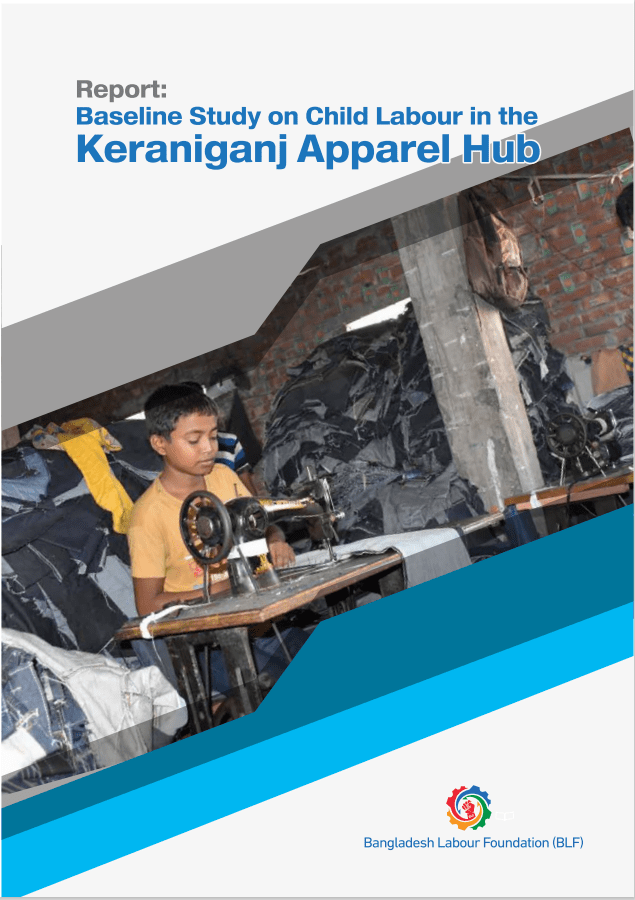
Publication Details
Date: May, 2018
Contact
Bangladesh Labour Foundation (BLF)
107 Bir Uttam C.R. Datta Road
Dhaka – 1205
Bangladesh

